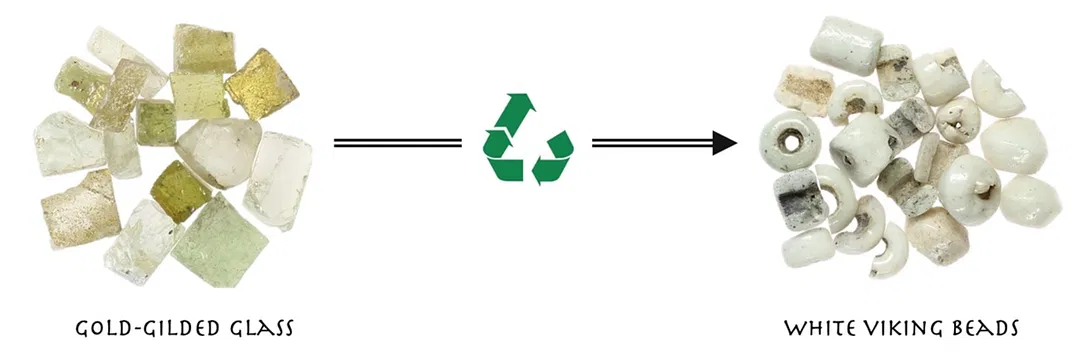
The Viking Age bead makers were more advanced than previously believed. New research shows that craftsmen in Denmark around the year 700 used sophisticated and sustainable methods when they gave old Roman glass mosaics new life as glass beads.
Ribe was an important trading town in the Viking Age. At the beginning of the 8th century, a trading place was established on the north side of the river Ribe, to which traders and craftsmen flocked from far and wide to manufacture and sell goods such as brooches, suit buckles, combs and coloured glass beads.
When glass became a scarce commodity in the Early Medieval period, coloured glass cubes – so-called tesserae – were torn down from mosaics in abandoned Roman and Byzantine temples, palaces and baths, transported North and traded at emporia towns such as Ribe, where the beadmakers melted them down in large vessels and shaped them into beads.
Read the rest of this article...
No comments:
Post a Comment